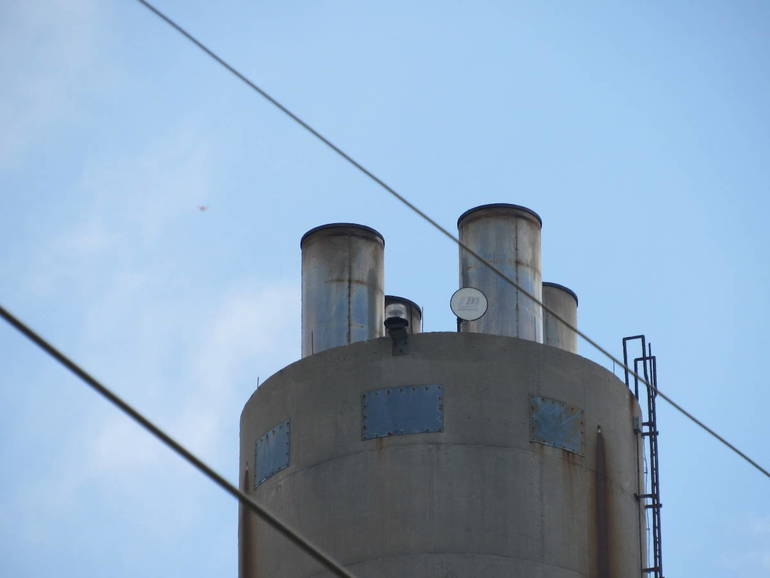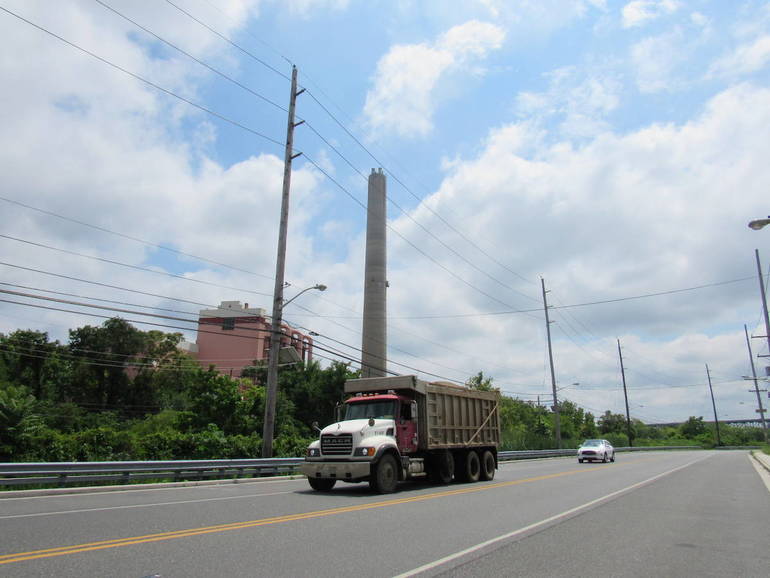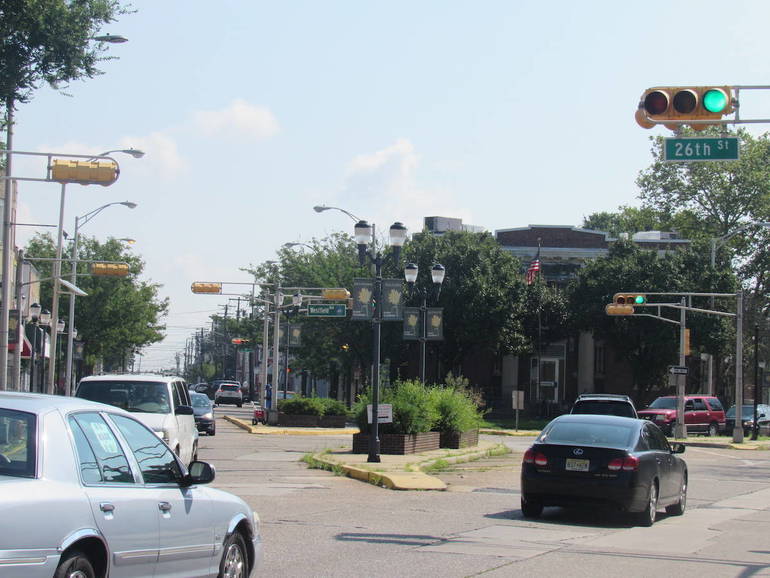
CAMDEN, NJ — Across New Jersey, environmental activists and local government officials are turning their attention toward the State Assembly in anticipation of a vote on legislation that concerns environmental permits in burdened communities (S-232). Camden is no exception.
If approved, the legislation is expected to set a precedent nationally when it comes to better arming minority and low-income residents against projects that could prove harmful toward the air.
“Camden has had a history of environmental injustice and these are topics that need complex solutions. The city government does not have all the resources to tackle this on its own. But we’re at a different time now, where we can better address the disenfranchised and work so that we have sustainability in mind more than we have historically.”
Meishka Mitchell, Vice President, Cooper’s Ferry Partnership
Carlos Morales says that as a child growing up on Winslow Street in the waterfront south he could recall many stories about what it means to wake up every day in a part of the city rife with industry.
“What was normal to me as a kid wasn’t normal,” Morales told TAPinto Camden.
On one occasion when he was in the 6th grade, Morales says a truck took a hard dip into a pothole outside the Sacred Heart School leading to a roof collapse below his classroom. Fortunately, no one was hurt, he said.
But Morales didn’t have to leave home for such experiences.
“We were up against the CCMUA [Camden County Municipal Utilities Authority] — what I experienced was constant truck traffic on residential streets right on our block, the smell of [feces] all around you…my sister had asthma attacks constantly,” he said. “My mother was too busy trying to survive and it makes me think of something I heard recently: advocacy is a luxury.”
Morales, who was born in Camden but now lives in Galloway, says he’s happy to provide that opportunity as part of his work with The Heart of Camden – a local organization that works to rebuild neighborhoods and lend support to those in need.
While he hopes S-232 passes, Morales emphasized that more work is to be done if generations in the Garden State are to avoid living in conditions still prevalent in parts of his city: “Obviously we’re supporting the statewide initiative. If you look at communities like the Ironbound in Newark and the waterfront south especially, there needs to be a level of understanding and respect. Let’s do this, but let’s not forget to keep educating and creating more opportunities for these conversations.”
City takes a stance
S-232, which was approved by the Assembly Environment and Solid Waste Committee, would force state environmental officials to take into account the “cumulative impacts” of locating a power plant or new manufacturing facility in “burdened communities” already taking the brunt of pollution from incinerators, hazardous waste sites or waste transfer stations.
Burdened communities refer to those that rank in the bottom 33% of census tracts in the state for median annual household income.

“‘Cumulative impacts’ means an exposure, public health or environmental risk, or other effect occurring in a specific geographical area, including from any environmental pollution emitted or released routinely, accidentally, or otherwise, from any source, and assessed based on the combined past, present, and reasonably foreseeable emissions and discharges affecting the geographical area,” as defined by the bill upon introduction.
In a rare move, Gov. Phil Murphy endorsed the bill in June — even prior to the New Jersey Senate passing it.
While it did not appear before the Assembly on July 30, advocates expect the legislation will soon be voted on and approved before heading to Murphy’s desk.
In July, the Camden City Council took their own stance — approving a resolution to get behind S-232.
How did it come about? S-232 was among the chief subjects of a June meeting held by Camden Collaborative Initiative (CCI), which exists within Cooper’s Ferry Partnership.
According to Meishka Mitchell, Vice President at Cooper’s Ferry Partnership and leader within CCI, Camden City Councilwoman Shaneka Boucher has long been vocal about championing community input around environmental issues.
Camden County has among the state’s highest rates of asthma hospitalizations and asthma-related emergency room visits — with one in three children diagnosed with asthma, according to the New Jersey Department of Health. Such rates are amplified in Black and Latino communities like Camden, where asthma mortality rates are three times higher.
With help from an Association of New Jersey Environmental Commissions (ANJEC) template, just a month later the Camden council resolution was up for a vote.
“Camden has had a history of environmental injustice and these are topics that need complex solutions,” Mitchell said over the phone. “The city government does not have all the resources to tackle this on its own. But we’re at a different time now, where we can better address the disenfranchised and work so that we have sustainability in mind more than we have historically.”
Mitchell says she’s aware of residents who have normalized issues like flooding in their neighborhoods — common in low-lying parts of the city due to the combined sewer system.
“What was normal to me as a kid wasn’t normal.”
Carlos Morales, The Heart of Camden
Shaniqua Biles, project manager at Cooper’s Ferry, works alongside Mitchell at CCI. Biles says changing attitudes is as much a part of the battle as passing government bylaws.
“It took me some time to understand that social justice and environmental [justice] are one in the same,” Biles said. “Our hope now is to work together, engage residents and help more people come to that understanding.”
Boucher says the city wants to be at the forefront of the conversation around environmental justice.
“We have a large amount of public interest in our city,” Boucher said. “People made decisions years ago that are affecting us now. We have new information and it’s time to move in a different direction.”
Among the recent marquee items surrounding the environment in the city has been a micro-grid, proposed as an attachment to the CCMUA via the Covanta incinerator. The council will vote on a rehabilitation plan for the microgrid project Tuesday night.

Angel M. Osorio runs the District Council Collaborative Board (DCCB) and lived for years in East Camden.
The DCCB, which began as a “community policing arm” to the Camden County Police Department (CCPD) in 2005, carries out an array of community outreach that touches on water equity, public safety, developing the city’s infrastructure, youth programming and more.
Osorio says it’s important for Camden to take such steps as demanding extensive studies before such projects become a reality.
“It’s very beneficial that we safeguard residents when it comes to potential environmental impacts and that we do it up front,” she said.
This story was produced in collaboration with CivicStory and the New Jersey Sustainability Reporting project. It was originally reported by Steven Rodas for TAPinto Camden, and may be re-distributed through the Creative Commons License, with attribution.

Recent Comments